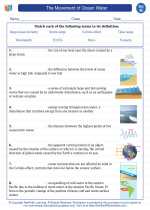Cobalt
Cobalt is a chemical element with the symbol Co and atomic number 27. It is a hard, lustrous, silver-gray metal that is commonly found in combination with other elements in the Earth's crust. Cobalt has many industrial and scientific applications, and plays a crucial role in various technologies and products.
Physical and Chemical Properties
Cobalt is a relatively rare element, and its properties include:
- Atomic symbol: Co
- Atomic number: 27
- Atomic mass: 58.933
- Physical state at room temperature: Solid
- Melting point: 1495°C (2723°F)
- Boiling point: 2870°C (5198°F)
- Density: 8.9 grams per cubic centimeter
- Hardness: 5 on the Mohs scale
- Color: Silver-gray
Uses and Applications
Cobalt has various uses and applications, including:
- Manufacturing of high-strength alloys for use in aircraft engines, gas turbines, and industrial machinery
- Production of magnets, particularly in the form of samarium-cobalt and neodymium-iron-boron magnets
- Use in the production of rechargeable lithium-ion batteries, which are commonly found in electronic devices such as smartphones and laptops
- Use in the production of pigments for glass, ceramics, and paints, including the vibrant blue pigment known as cobalt blue
- Role as a catalyst in chemical reactions, particularly in the petroleum and chemical industries
Health and Environmental Concerns
Cobalt is an essential trace element for humans and animals, as it is a component of vitamin B12. However, exposure to high levels of cobalt can be toxic, leading to adverse health effects. Occupational exposure to cobalt dust or fumes, particularly in industrial settings, can cause respiratory issues and skin irritation.
Additionally, the mining and processing of cobalt ores can have environmental impacts, including soil and water contamination. Efforts are being made to ensure responsible and sustainable sourcing of cobalt to minimize these environmental concerns.
Study Guide
Here are some key points to remember about cobalt:
- Cobalt is a chemical element with the atomic symbol Co and atomic number 27.
- It is a hard, lustrous, silver-gray metal with a relatively high melting and boiling point.
- Cobalt has important industrial applications, including the production of high-strength alloys, magnets, and lithium-ion batteries.
- It is also used in the production of pigments and as a catalyst in chemical reactions.
- While cobalt is essential in small amounts, high levels of exposure can be toxic to humans and animals.
- Efforts are being made to address the environmental impacts associated with cobalt mining and processing.
For a more in-depth understanding, you can explore the history of cobalt, its isotopes, and its role in various technological advancements.
.◂Science Worksheets and Study Guides Eighth Grade. The Movement of Ocean Water
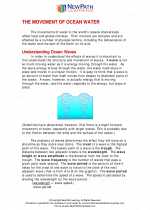
 Worksheet/Answer key
Worksheet/Answer key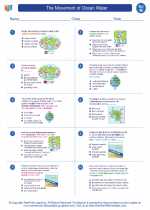
 Worksheet/Answer key
Worksheet/Answer key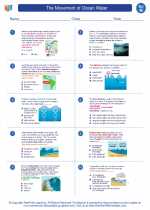
 Worksheet/Answer key
Worksheet/Answer key
 Vocabulary/Answer key
Vocabulary/Answer key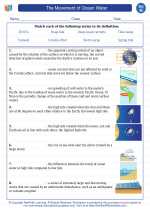
 Vocabulary/Answer key
Vocabulary/Answer key